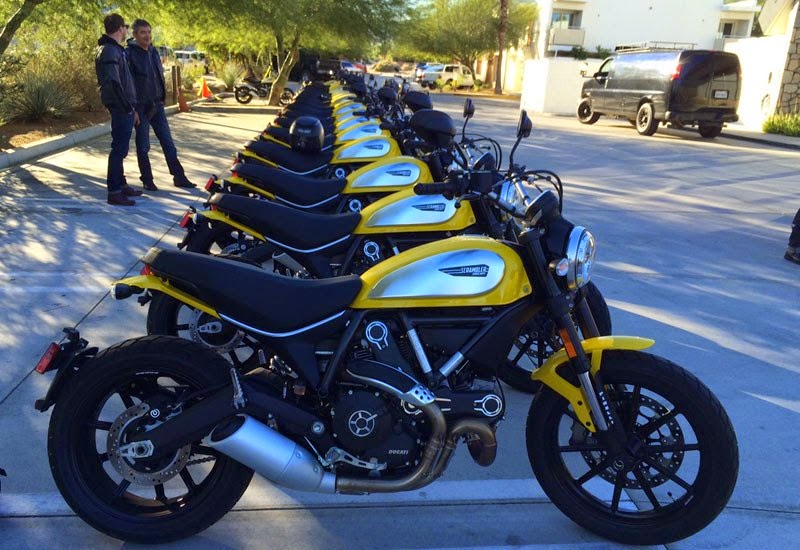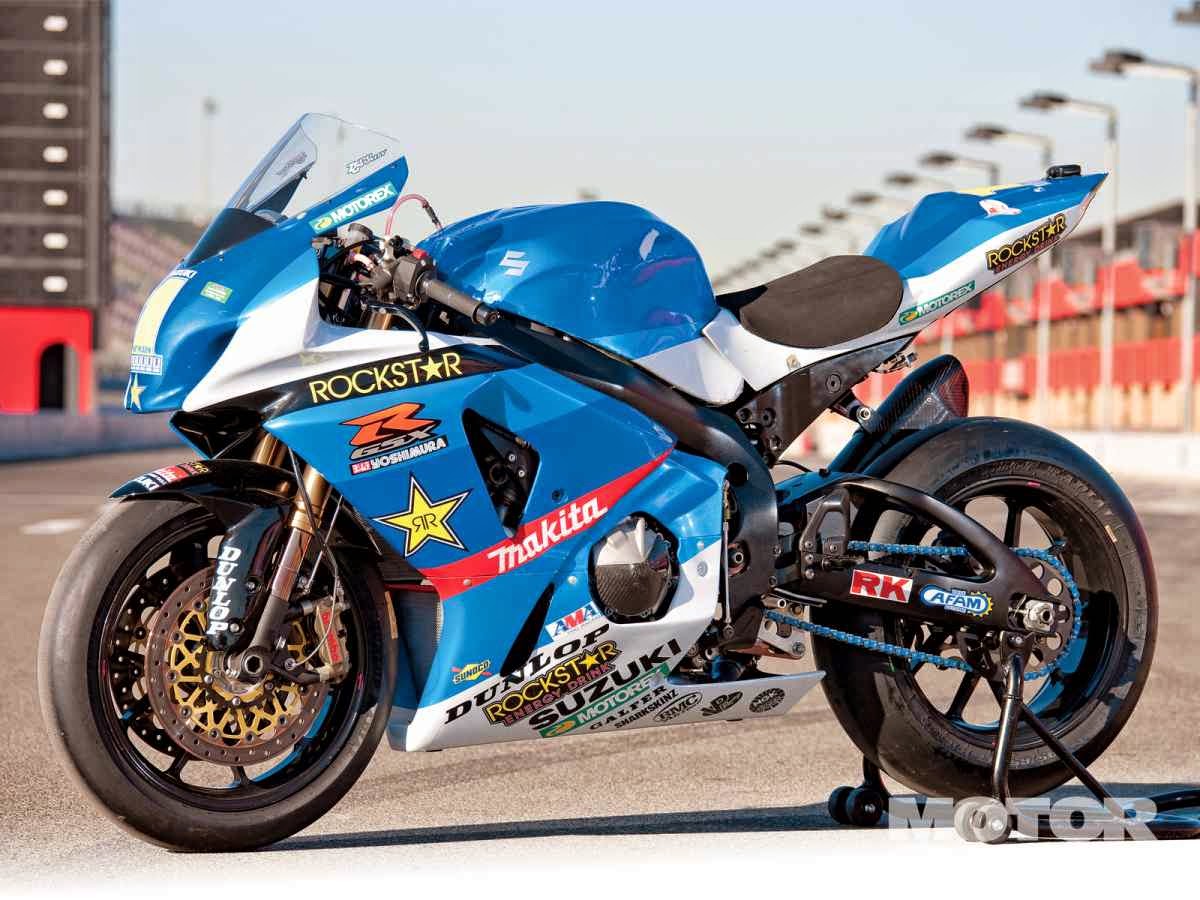BMW just created a cost effective , a brand new range of stylish bikes based on the R nineT
With a Scrambler version leading the way , BMW are on the verge of revealing a range of lower cost R nineT-based bikes.
Two of the low-cost models are expected to arrive in late 2016, the Scrambler might arrive by the end of this year. The German firm keept no secrets of their intent to keep the air-cooled boxer engine in production, saying that they can easily meet ever-more stringent emissions regulations by keeping the state of tune relatively low.
The R nineT’s 110bhp and 88ftlb of torque is realistically the peak performance we can expect from the twin-cam head 8v motor. But where BMW have been notably clever is in extending the life of the engine by tailoring the applications it’s used in to fit its performance parameters, rather than trying to evolve the motor to fit ever-more demanding bikes.
The new liquid-cooled version of the 1200 boxer now is powering the GS, GSA, R, RT and RS, and the air-cooled version is off the hook to continue powering more characterful applications.
The R nineT has been a huge success for BMW, 8488 scramblers sold globally in 2014, making it the fourth most successful bike in their range behind the two leaders R1200GS, and the class-leading R1200RT.
BMW’s nineT is forming one of the cornerstones of the more expensive end of that scene with so much interest in the customisation scene, the factory have quickly latched on to the opportunity to sell pre-customised options. In addition, offering a lower cost blank canvas version for customisers opens the bike up to a whole new audience previously put off by the price of the nineT, and the thought of undoing BMW’s high-end work.
BMW’s nineT is forming one of the cornerstones of the more expensive end of that scene with so much interest in the customisation scene, the factory have quickly latched on to the opportunity to sell pre-customised options. In addition, offering a lower cost blank canvas version for customisers opens the bike up to a whole new audience previously put off by the price of the nineT, and the thought of undoing BMW’s high-end work.
The expected ‘blank canvas’ versionwill be the lowest cost model . The roadster looks like will be familiar, the suspension, other cycle parts and tank will all be lower-spec than the nineT. BMW expect that most of these will be ripped apart to form the basis of myriad bobbers, café-racers, street trackers, and anything else in the range of custom-builders’ imaginations.
Sitting above this naked roadster will be two further models, just like Yamaha’s Sports Heritage range and Ducati’s four-bike range of new Scramblers, these two further models recognise that many buyers want the style and character, but don’t own the spanners, tig-welders and rattle-can skills to achieve the look. And perhaps have neither the time nor patience to effect such projects.
While no official images are available, we were able to get these pics based on descriptions from European dealers who expected this as a late 2015 model. The underpinnings are very clearly nineT, but with all the expensive elements supplanted by more basic ones, and styled to ape the early GS era.
Success will depend on BMW being able to hit the right price point, but dealers suggest that this is at the forefront of BMW’s plan. While the base model could cost nearly £7000, it’s more likely that the Scrambler will cost more like £8000, along with the other pre-styled version, which we believe will be a more café-racer orientated offering.
The excitement and immediate sales success of Ducati’s £6895–£7995 Scrambler will have been the driving force for BMW to rush out their take on the genre ahead of its siblings, but the arrival order post-Scrambler is less clear. It would seem likely that the other two models will arrive simultaneously during 2016, although possibly as late as the big European shows in the Autumn.
Why the delay?
Well the BMW production lines are already creaking under the massive increase in demand over the last few years, and with boxer engined bikes accounting for the top four sales figures in BMW’s range, it’s the busiest of all the production lines.
The R1200GS pairing achieved over 40,000 units last year, while the RT cleared another 12,140. In addition to those, 2015 sees the arrival of a completely redesigned and now water-cooled R1200R, and the re-introduction of the RS, also based around the new R1200 platform. It’s going to be another busy year, and the reinvigoration of the air-cooled range will remain key to the firm’s sales volume.































